Rabbit farming in Kenya! I know what crosses your mind if your Kenyan. You’re probably thinking that this is kid stuff that boys undergo when growing up.
Well, your not alone because most Kenyans grew up knowing that rabbit farming (If it was farming at all) was a childhood adventure.
Perceiving the rearing of rabbits in Kenya to be a leisure activity for kids is actually a misconception that I would say has denied Kenyans the chance to improve their livelihoods.
If rabbits were reared with an agribusiness consideration the same way we view poultry, cattle or fish farming! The results could be tremendous.
If rabbit farming was taken seriously on a large scale angle then more young people would have jobs, the nutritional value would increase in the meals of pregnant women and more tasty cuisines would be discovered.
Across this article am going to take you through a journey that explores the potential benefits that can be achieved if the existing gaps are filled in the rabbit farming venture in Kenya.
Please read The Truth behind successful Fruit Farming in Kenya.
Benefits of Rabbit Farming in Kenya
So, in order for you to get a better view of the potential for a rabbit in Kenya, it would be of great importance to have in mind the benefits that come with rabbit farming.
- Rabbits have a relatively faster-growing rate when compared to other domestic animals. Actually, a rabbit’s growth rate is 19 % every month. And they can take 3-6 months to reach reproduction maturity. Depending on their breed.
- Rabbit farming can take place in any place on the farm and can consume minimal space as possible. This is one condition that can suit the modern farmer who lives in a city or town in Kenya.
- Actually, so far, no religion in Kenya has strictness or taboos that forbid the consumption of rabbit meat. This sets rabbits at a unique place to penetrate the meat market in Kenya without breaking any religious rules.
- Another good news is that rabbits don’t have seasons to reproduce. This means that a farmer can have more rabbits being given birth to any time of the year. More wealth I have to say.
- Rabbit meat is easily digestible by any age bracket. This is unique since some meat types cannot be digested by children or the elderly.
From the six points that I have raised above, it is clear that rabbit meat and other products easily blend into the socio-economic scenario of the Kenyan lifestyle.
Hence this is enough proving to cement the thought that rabbit farming has the viability to improve livelihoods in Kenya.
But just before I do that it would be wise if I touch on the challenges facing this field first.
So, here we go :
Challenges facing Rabbit Farming in Kenya
Limited Knowledge.
As I had begun this article, it was clear that most Kenyans perceive rabbit farming to be a child exploration thing.
This limited perception also extends to the available rabbit types that are there. Hence it has become hard for Kenyans to decide which rabbit type works better for their situation.
Long-term costs for farming rabbits could be expensive.
Yes, it is affordable to buy a single rabbit but that does not mean maintaining the same is easy.
Rabbits, just like many other domestic animals need attention, medication, feeding, and infrastructure that costs money and time.
This projected commitment might discourage meaningful rabbit farming in Kenya.
There is no data to highlight the real rabbit farming scenario in Kenya as it is on the ground.
Trust me, it is not easy to find out information because there is limited research investment in rabbit farming in Kenya.
Probably since Kenyans don’t enough interest in this livestock animal. It has become harder for any interested stakeholder in rabbit farming in Kenya to know where to start.
Again, information regarding the rabbit market in Kenya is limited to the point that a rabbit farmer doesn’t know where to sell their products after maturity.
This has in most cases resulted in massive losses. And as you all know, everyone wants to invest their money where there are prospects.
Lastly, rabbit farming in Kenya is a lonely venture. Actually, if you’re in rabbit farming you might feel alone and different.
The above five challenges can be turned into opportunities that can improve rabbit farming in Kenya to take a different turn of events to the positive.
On that note, I have suggested possible improvements that can be made towards actualizing rabbit farming in Kenya.
Recommendations to improve Rabbit Farming in Kenya
- Invest more resources in scientific research on bettering the variety of rabbits in Kenya for the benefit of profitable farming.
- Build the database for successful rabbit farmers in Kenya and market the same as positive stories.
- Sensitize the Kenyan public among them being rabbit farmers and consumers on where they can sell and buy rabbit meat.
- The government, private and civil space agencies that are involved in rabbit farming in Kenya to make an effort and sensitize the Kenya public on the available rabbit varieties that do well in certain conditions during different seasons.
- The formation of rabbit farmers’ groups should be encouraged ta grassroots levels to ensure that there are support and sharing of skills among the rabbit farmers in Kenya.
Just before I think of winding up my discourse, I found it equally important to take you through the types of rabbits that are found out there.
Types of rabbits found in Kenya
There are actually more than 47 breeds of rabbits that have been formally recognized but only 7 types of breeds are kept in Kenya which include :
- Angora
- Dutch
- French Lop
- Chinchilla
- New Zealand white
- Flemish Giant
- California white
Angora

This rabbit type is ideal for wool production. Not for meat purposes. The wool from the angora rabbit is on-demand because it has no allergies to the users.
Also, their wool is soft and silky. Their wool is characterized by growing first, like 3 centimeters in less than two months.
Dutch

Ideally, the Dutch rabbit should be kept as a pet. The argument here is that this rabbit has a small body size and beautiful appearance that comes in mixed colors.
The adorability of this rabbit and its size is not attractive to eat but rather to be kept as a pet.
French Lop

The french lop has a large ear characteristic that is easily noticeable. This rabbit has short legs and is quite heavy. The french lop looks attractive. Makes good a good pet.
Characteristics of the French Lop
- Has a lifespan of 5-7 years.
- Good for rearing as a pet hence recommended for singles, adolescents, elderly and any other ‘lonely’ groups.
- It comes in multiple colors that look beautiful.
Chinchilla

Majorly kept for meat purposes. The typical features include being short and stocky with a rounded back.
Note that the chinchilla has a lifespan of 5-8 years hence this means that you can raise as many as possible for long-time wealth. They also have a gentle temperant therefore cool to sit around.
New Zealand White

They are among the most sought-after breed for meat production. The New Zealand white can grow up into maturity within 12-24 weeks depending on the surrounding environment.
This breed has a good birthing rate and even nicknamed the ‘dam’. A mature breed can weigh 5 kilograms.
See also: Crop Farming in Kenya: Basics and Modern-day practices
Flemish Giant

The Flemish Giant is the biggest rabbit breed in Kenya. Below are points that highlight this breed in point form.
Characteristics of the Flemish Giant
- Are good pets
- It can live up to 7-10 years.
- Very tolerant and fond of being around humans than other rabbit types
- Don’t like too much heat
- Reach breeding 5 months later after being born.
California White

This type of rabbit is ideal for meat production. It has broad shoulders that facilitate its body to harbor more flesh. Below are the average features of this breed.
Characteristics of the California rabbit
- Have a life-span of 5-10 years.
- Very energetic but friendly
- Can range in different colors
- Good for petting.
Take away from Rabbit Farming in Kenya
As seen, the rabbit farming industry in Kenya has a massive possibility to thrive and thus lead to increased revenue streams in the agricultural sector and also better livelihoods for the actual farmers.
More needs to be done to ensure that rabbit farming is marketed in equal measures as other livestock.
Furthermore, sensitization of the different types of rabbits available and their ideal conditions must be done among the Kenyan public. Rabbit farming in Kenya can move to greater heights with the right commitment.
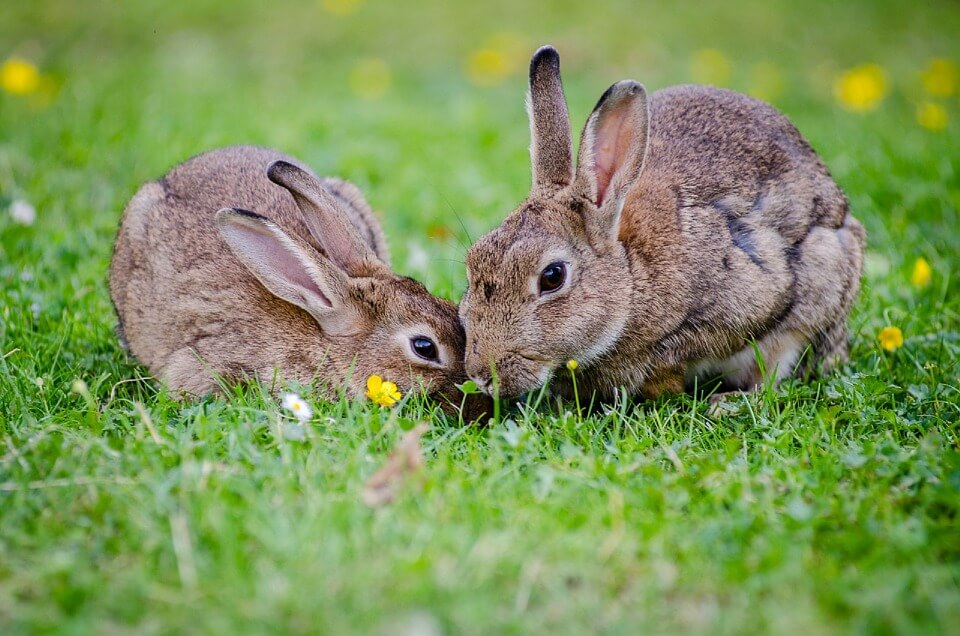
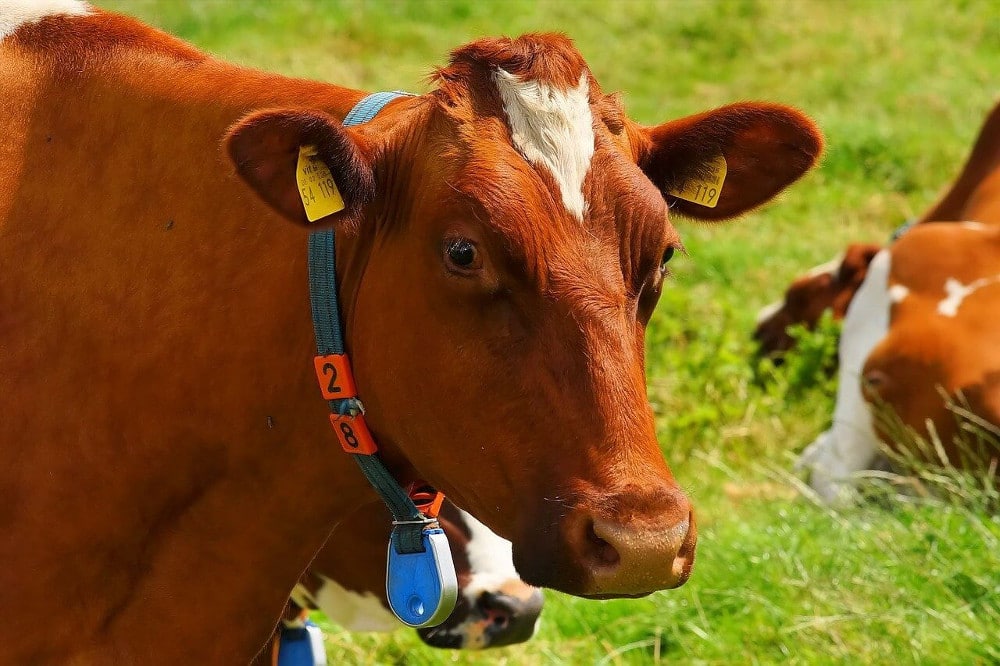
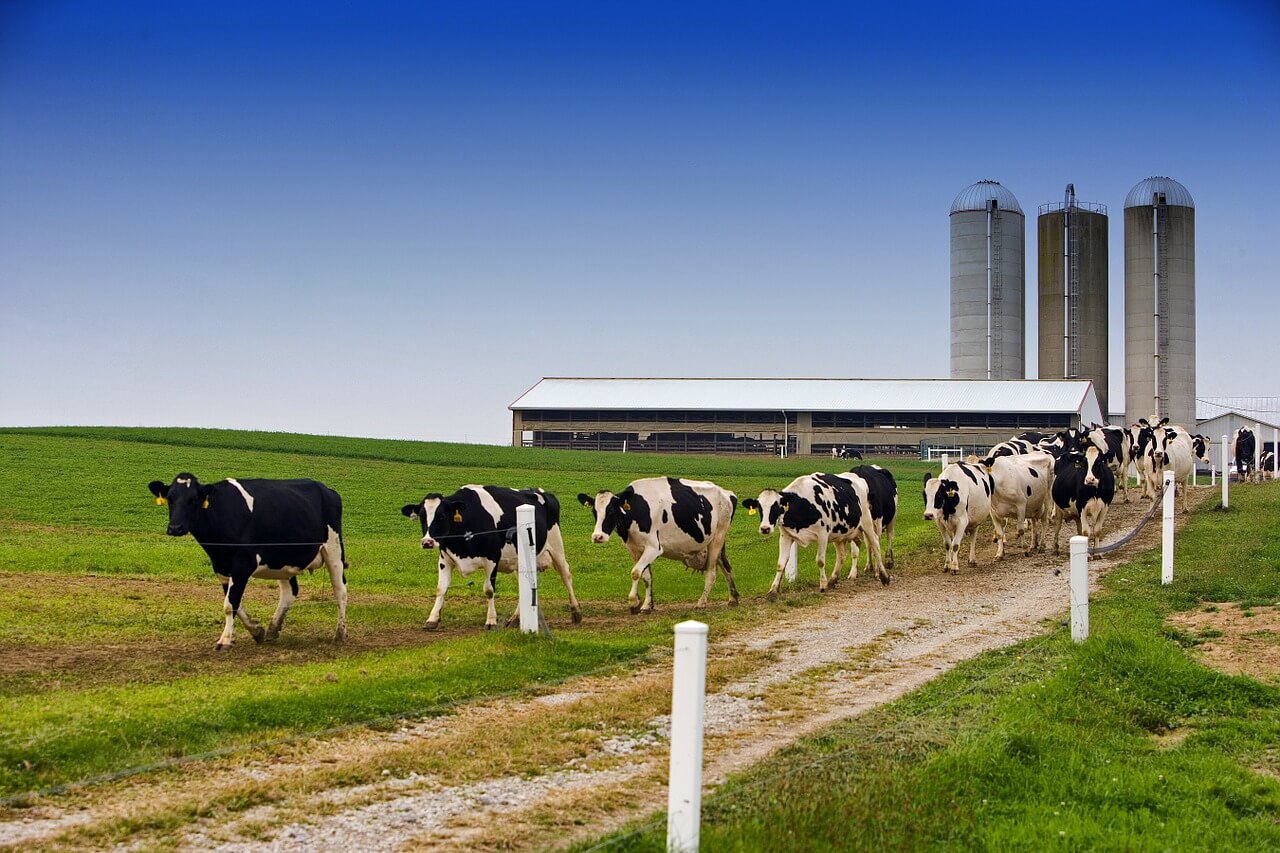
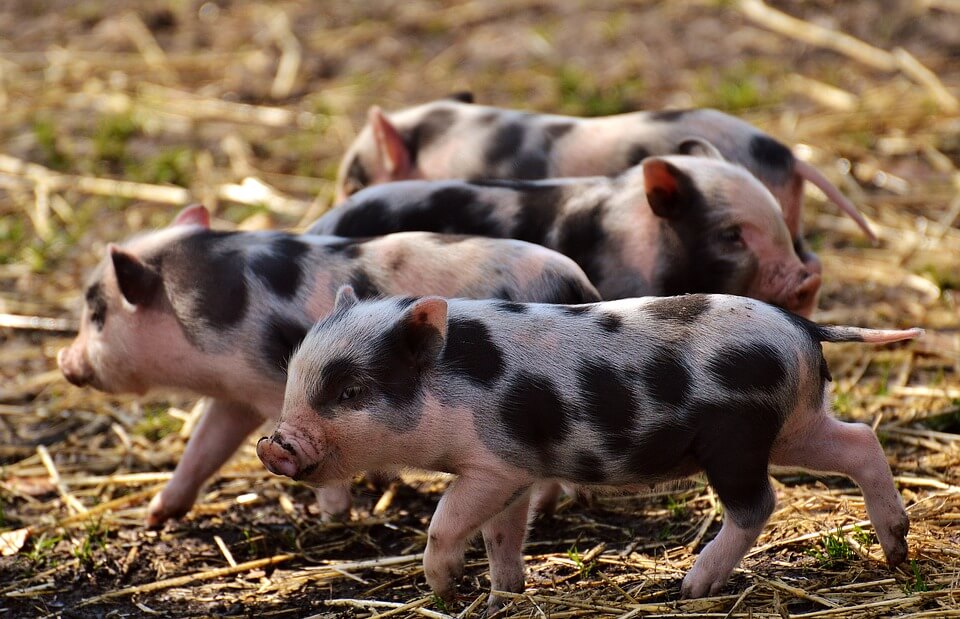
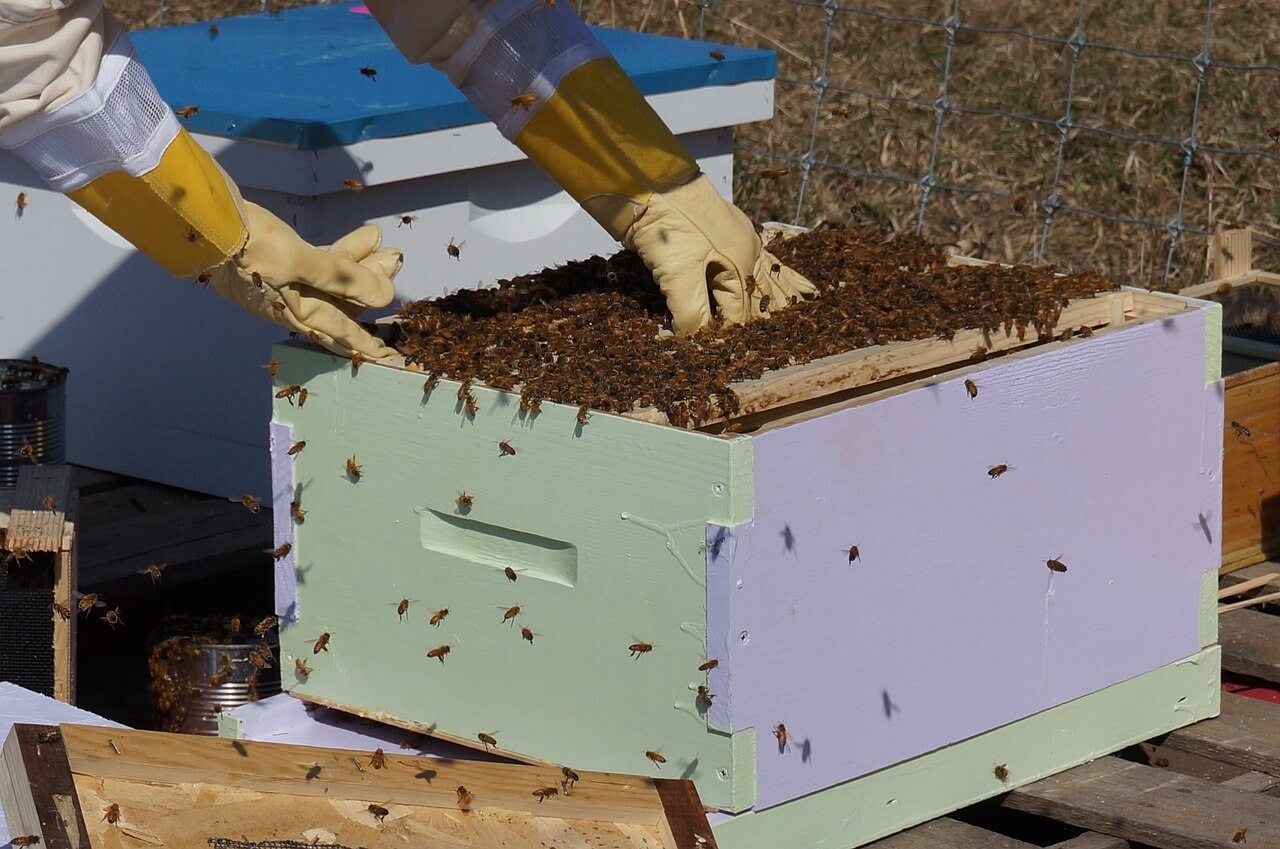
I’ve learnt something new today..
Where can I buy these breeds?
Kindly help.